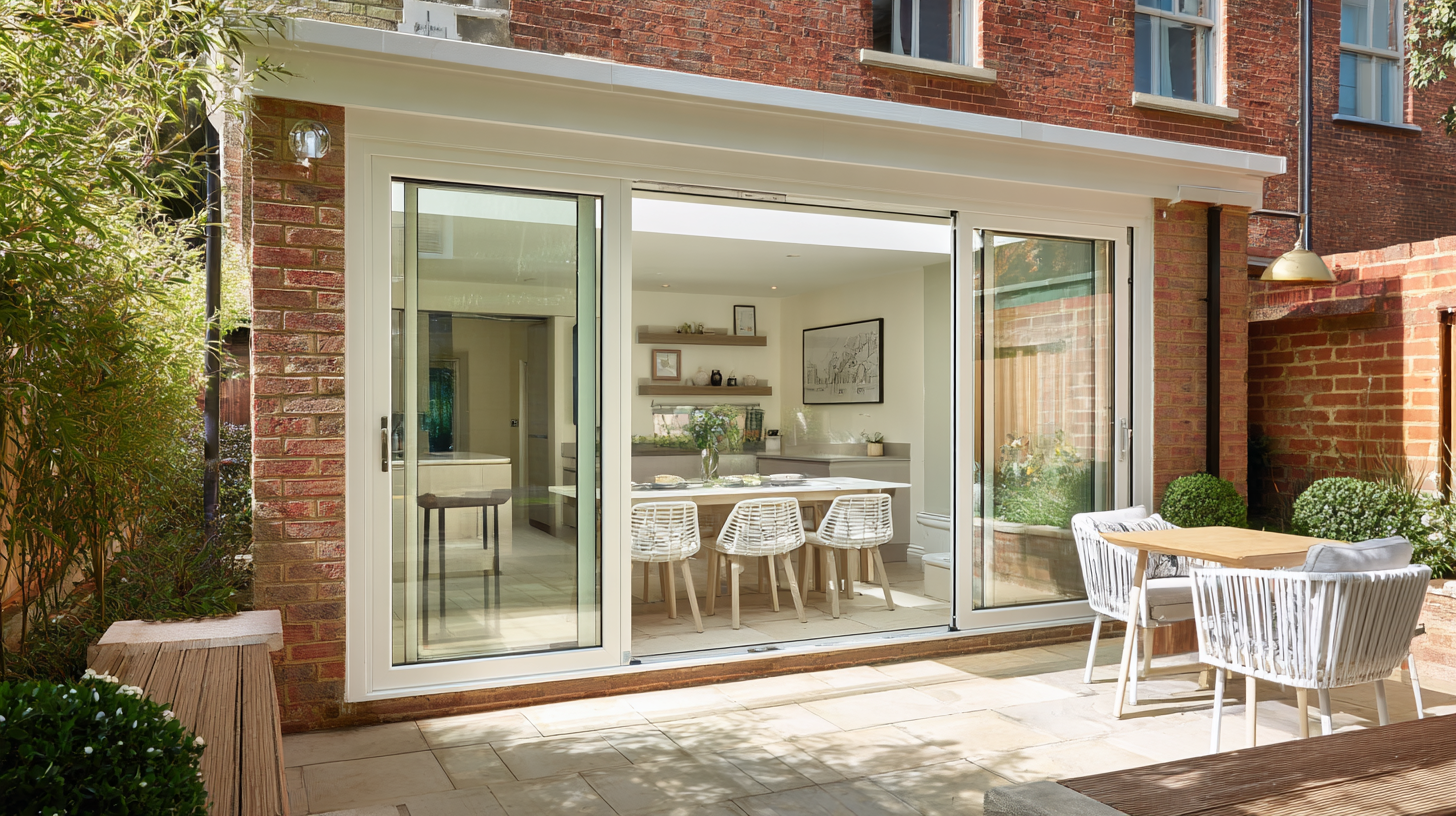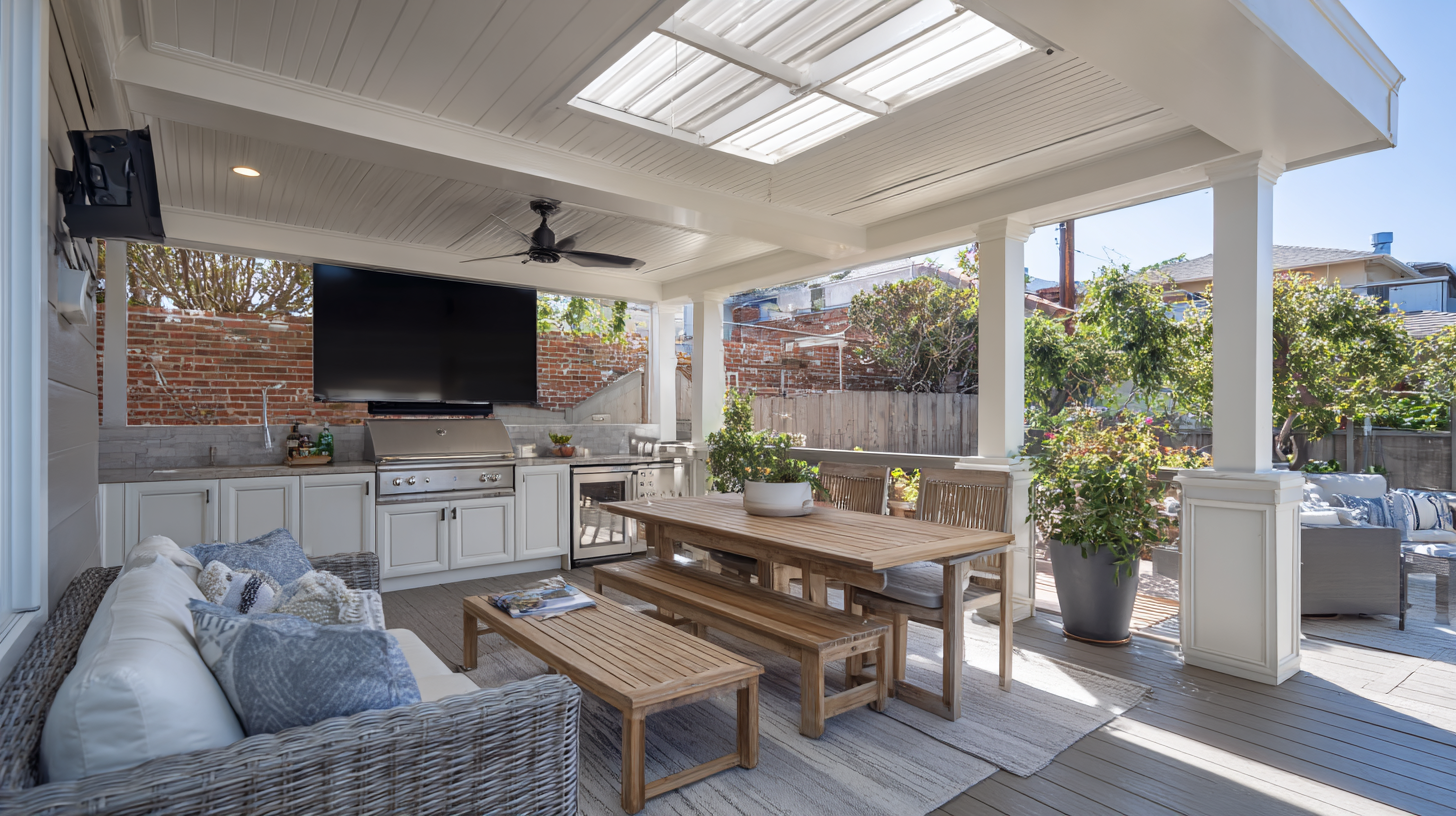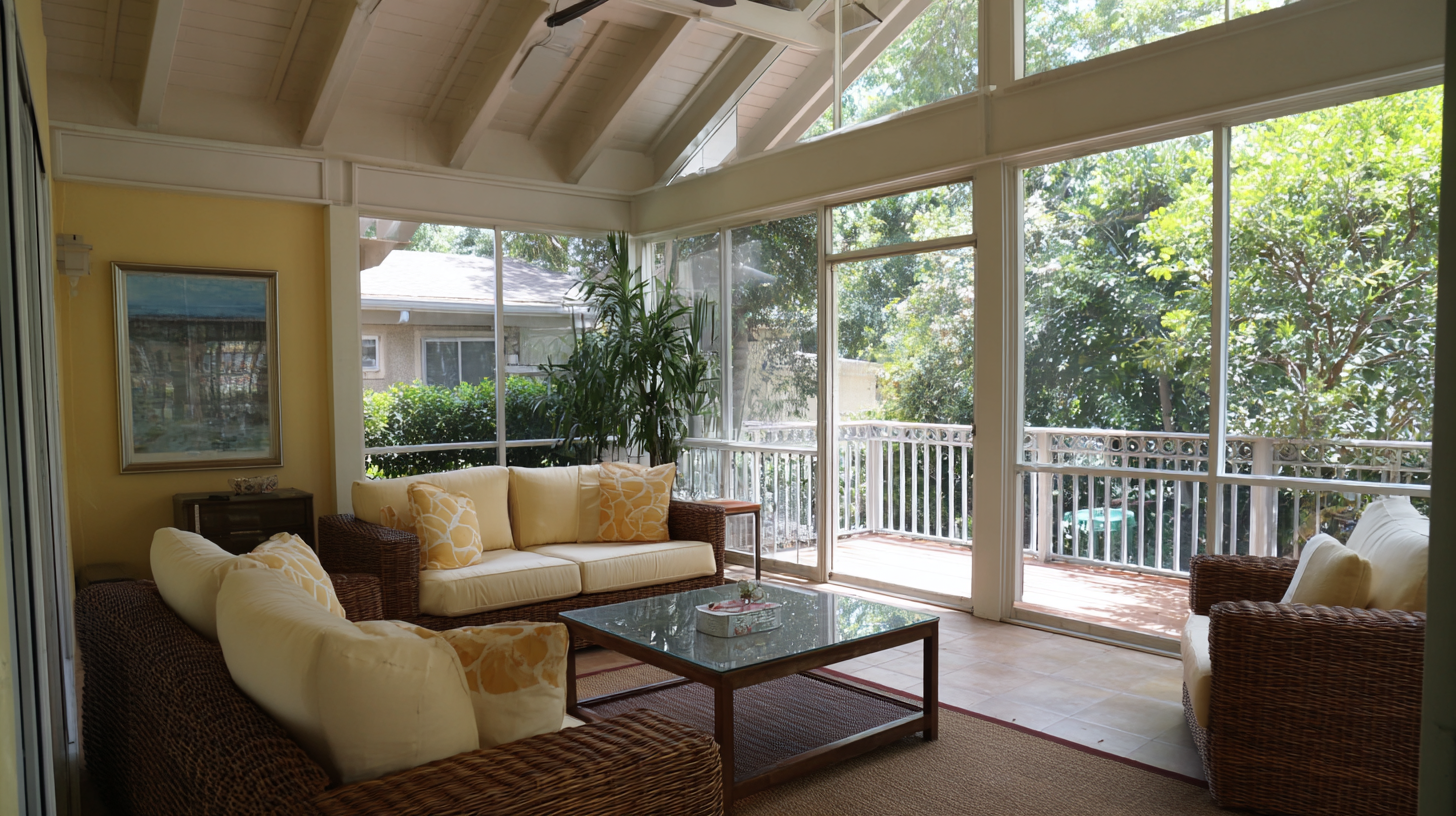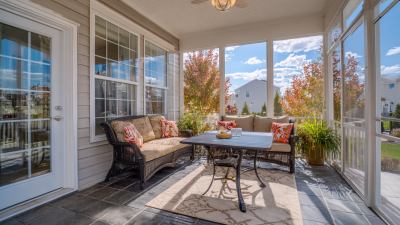The Essential Guide to Choosing the Right Sliding Door Replacement for Your Home
When considering home renovations, the choice of sliding door replacement can significantly impact both aesthetics and functionality. According to the National Association of Realtors, investing in quality sliding doors can yield a return on investment (ROI) of up to 80% when selling a home. Furthermore, a recent report from the American Institute of Architects highlights that homeowners increasingly prioritize energy efficiency and natural lighting in their renovations, making the selection of appropriate sliding doors crucial. With various materials, styles, and energy ratings available, it can be overwhelming to narrow down the options. This essential guide aims to equip you with the knowledge and considerations needed to make an informed choice in your sliding door replacement journey, enhancing your home’s value and comfort for years to come.

Top 5 Factors to Consider When Selecting Sliding Door Materials for Maximum Durability
When it comes to selecting sliding door materials for maximum durability, understanding industry standards and material properties is essential. According to a 2021 report by the American Institute of Architects, more than 40% of homeowners prioritize longevity when choosing home fixtures, underscoring the importance of selecting the right materials. Common choices include vinyl, aluminum, and fiberglass, each offering unique advantages. For instance, fiberglass doors boast a lifespan exceeding 30 years and are resistant to warping, making them ideal for areas with extreme temperature fluctuations.

Another critical factor to consider is the door's energy efficiency, which can significantly impact your home’s heating and cooling costs. The Department of Energy states that a sliding door can account for up to 50% of a home's overall thermal loss if not properly insulated. Opting for high-quality, insulated materials, such as double-paned glass, not only enhances energy efficiency but also provides additional durability against wear and tear. Additionally, the use of durable hardware systems can prevent frequent replacements and ensure smoother operation over time, reinforcing the overall integrity of your sliding door investment.
7 Features That Enhance Energy Efficiency in Sliding Doors for Eco-Friendly Homes
When selecting a sliding door replacement for your home, energy efficiency should be a top consideration. Eco-friendly homes benefit significantly from features that minimize energy loss and enhance sustainability. One key feature is double or triple glazing. These layers of glass provide superior insulation, reducing heat transfer and keeping your home comfortable year-round. Additionally, look for low-emissivity (Low-E) coatings on the glass, which reflect infrared light, keeping heat inside during winter and blocking it during summer.

Another essential aspect is the doorframe material. Vinyl and fiberglass offer excellent thermal resistance compared to traditional wood or aluminum, which can conduct heat and cold. Also, consider investing in weatherstripping to prevent drafts and maximize energy efficiency. The right seals and gaskets will not only extend the lifespan of your sliding door but also maintain the internal climate of your home.
Tips for choosing a sliding door include evaluating the door's energy rating before making a purchase. Look for ENERGY STAR certified products, as these meet strict energy efficiency guidelines. Additionally, consider the placement of your sliding door; south-facing doors can capture more sunlight, contributing to passive solar heating and reducing your energy bills over time.
The 3 Most Popular Sliding Door Styles: Pros and Cons for Modern Living Spaces
When considering a sliding door replacement for your home, it’s crucial to understand the most popular styles and their respective advantages and disadvantages. The three leading sliding door options include traditional sliding doors, pocket doors, and barn-style sliding doors. Each has unique characteristics that can enhance modern living spaces in different ways.
Traditional sliding doors are often favored for their functionality and ease of use; they consist of two or more panels that slide horizontally. Their primary advantage lies in their space-saving design, making them ideal for areas where square footage is at a premium. However, they may limit natural light and outdoor views compared to other options. According to industry reports, over 40% of homeowners lean towards this style due to its straightforward installation process and affordability.
On the other hand, pocket doors offer a more contemporary solution by sliding into the wall, completely eliminating the need for door swing space. This feature enhances the open feel of a room, appealing particularly to those with open floor plans. However, the installation process can be more complex and costly.
Lastly, barn-style sliding doors have surged in popularity, serving as a statement piece while maintaining functionality. Their rustic charm attracts many homeowners, yet they typically require more wall space than traditional sliding doors. Understanding these pros and cons can guide homeowners in selecting the perfect sliding door style that complements their lifestyle and home design.
4 Key Measurements to Take Before Choosing Your New Sliding Door Replacement
When considering a sliding door replacement, accurate measurements are crucial to ensure a perfect fit and function. Begin by measuring the width of the existing door frame. This measurement should be taken from the inside of the frame at the top, middle, and bottom, as frames can sometimes be uneven. The smallest of these measurements should be recorded to determine the width of your new sliding door.
Next, measure the height of the door frame from the bottom of the sill to the top of the frame. Again, take measurements at both ends and the center, and use the shortest height for your reference. Additionally, assess the depth of the opening, as some sliding doors require specific clearance for smooth operation. Finally, don’t forget to measure any obstructions, such as trim or handles, which could affect the installation process. These four key measurements will help guide your choice, ensuring that your new sliding door enhances both functionality and aesthetics in your home.
Choosing the Best Sliding Door Locking Mechanism for Enhanced Home Security
When selecting a sliding door replacement, it's crucial not only to focus on aesthetics and functionality but also on security features, particularly the locking mechanism. According to a report by the National Association of Realtors, home break-ins account for about 30% of all property crimes, making robust security measures a priority for homeowners. A well-engineered sliding door locking mechanism can significantly enhance your home's safety by deterring potential intruders.
There are several types of locking mechanisms available, including hook locks, deadbolts, and multi-point locking systems. The latter has gained popularity due to its reliability; a study from the International Journal of Crime Prevention found that homes equipped with multi-point locking systems are 35% less likely to be targeted by burglars. Additionally, it's essential to consider features such as tamper resistance and ease of use, as complicated locks can discourage homeowners from effectively securing their doors. By investing in the right locking mechanism, not only do you protect your home, but you also contribute to peace of mind for your family.
Related Posts
-

The Ultimate Guide to Choosing the Best Patio Door Installation for Your Home
-

Transform Your Space: The Ultimate Guide to Choosing Sliding Glass Doors for Stunning Interiors
-

Maximizing Energy Efficiency: The Impact of Quality Windows and Doors on Home Insulation
-

Innovation in Home Windows Industry at 2025 China Import and Export Fair
-

Exploring Window Replacements Trends at the 138th Canton Fair China 2025
-

Transform Your Home with Sliding Patio Doors: Innovative Designs for Modern Living
